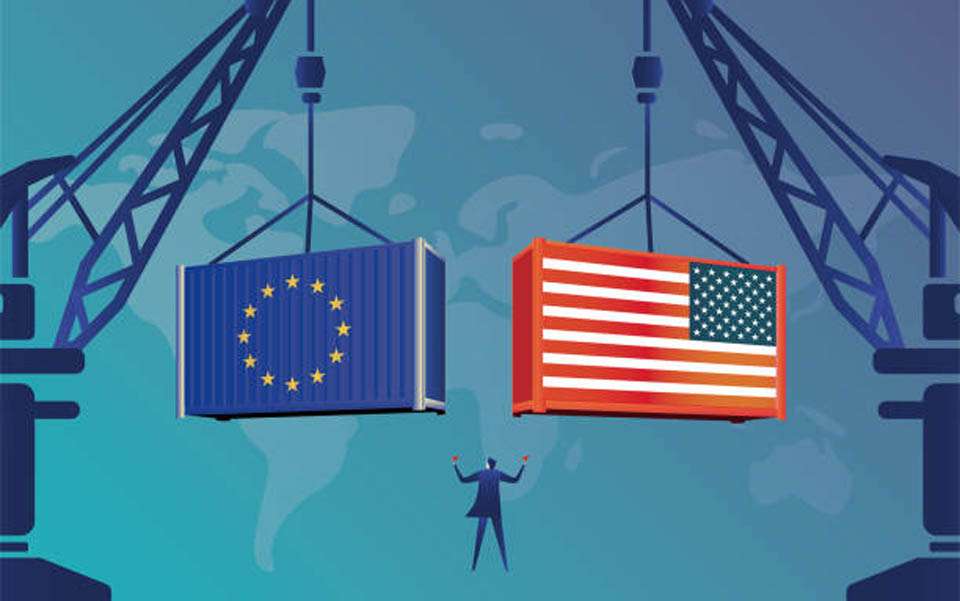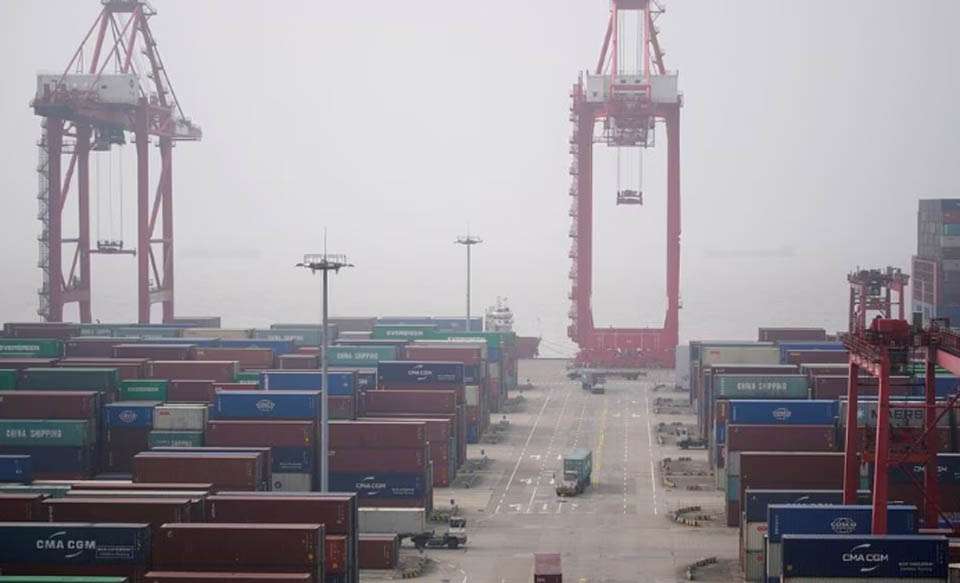
The European Union-US summit in Washington saw European Commission President Ursula von der Leyen and Chief of the European Council Charles Michel meet US President Joe Biden. The summit aimed to strengthen the transatlantic partnership, which had been strained during the Trump administration.
The Ukraine conflict has further strengthened the alliance, which has coordinated effectively to counter Russian aggression through sanctions and weapons supplies. The summit showcased unity and strength, with a comprehensive eight-page joint statement reiterating long-term support for Ukraine and vowing to deepen EU-US cooperation on security and defense, with NATO at its core. The statement also affirmed Israel’s right to defend itself amid escalating violence in West Asia.
In China, the statement emphasized constructive and stable relations, expressing concerns about the East and South China Seas, the Taiwan Strait, and human rights in Tibet and Xinjiang. However, the statements on economic cooperation were less emphatic, as an inability to reconcile trade policies has become a major irritant in the transatlantic relationship.
The steel and aluminium industries, responsible for a tenth of global carbon emissions, have been a contentious issue in EU-US trade relations since the Trump administration imposed tariffs on EU steel and aluminium imports in 2018. Despite the Biden administration suspending the tariffs for two years, a 31 October deadline was set to avoid their reimposition.
However, a deal was elusive due to Brussels’ reluctance to impose tariffs on non-market economies like China to address overcapacity and promote cleaner steel. The joint statement affirmed progress made in identifying non-market excess capacity and understanding tools to address emissions intensity.
The summit was a missed opportunity, as American elections in 2024 may alienate key steelmaking swing states. The EU and US do not always agree on how to tackle China’s challenges, with Europe hesitant to target China due to high economic dependencies. An agreement on critical minerals extracted or processed in the EU is needed to provide European automobile companies access to the Clean Vehicle Credit under the IRA. The transatlantic relationship has struggled to live up to its potential in economics and trade.
The Transatlantic Trade and Investment Partnership (TTIP), a failed trade deal between the EU and the US, is unlikely to be revived due to trade barriers on both sides. German Chancellor Olaf Scholz’s proposal to restart talks received pushback from Brussels and Washington. The EU-US Trade and Technology Council meeting in December is scheduled to address bilateral trade and tech issues.
Stabilizing the EU-US economic relationship is crucial for elections in 2024, as the two nations, with a combined economic value of $7.1 trillion, need to address persistent issues and deepen engagement in a volatile global context.






